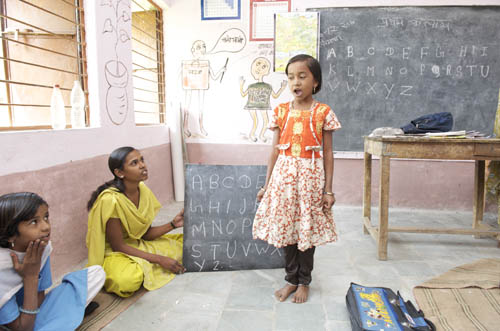
Is there a future for a US – India partnership in education?
In his remarks at the recent Brookings Institute conference in Washington, Deputy Secretary of State William J. Burns تبصرہ کیا, “We are counting on India’s rise, not just as an economic partner, but as a global power — one that engages everywhere from Latin America to the Middle East to South Asia.”
Is there also a partnership opportunity in education? What might these two education systems be able to learn from each other?
امریکہ میں, we have a significant poverty problem that has a large impact on the educational readiness of children from poor and low income families. 1 میں 5 children live in poverty and 1 میں 4 rural children live in poverty. 38.5% of rural children are eligible for free or reduced price school meals. The average cognitive scores of preschool-aged children in the highest socioeconomic group are 60% above those of low-income children. (Information provided by Save the Children US Programs)
ڈاکٹر. مادھو چوہان, CEO and Co-founder of the Pratham Organization notes:
“On the face of it, the two systems are at least a century apart and may have nothing to learn from each other. Indian educators would need to look at how the US schools evolved over the last two centuries, and the US counterparts may want to look at how similar the root causes of poor learning are in schools where children of the poor go. I have been thinking lately that the basic model of the school is fast becoming outdated in the modern times. The challenges India faces are also an opportunity to move away from the two centuries old model of schooling. US school systems have huge resources to try something new. Perhaps both sets of educators should sit down and ask what kind of schools are needed for this century and if they can be systematically developed over the next twenty years.”
اس ہفتے میں تعلیم کے لئے گلوبل تلاش, ڈاکٹر. Chavan discusses the major issues facing India’s education system and some of the solutions Pratham (one of the largest non-government organizations working with under privileged children) is putting in place to deal with them. Pratham began by offering pre-school education to children in the slums of Mumbai. These programs were subsequently expanded to nearly every state in India. Pratham’s programs are aimed at supplementing governmental efforts. میں 2005, it established the Annual Status of Education Report (ASER) to quantify the problems of education in India. جنوری میں 2007, it launched the Read India campaign to help India’s 6 کرنے کے لئے 14 year olds learn to read, لکھنا, and do basic arithmetic.
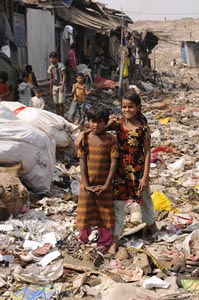
What proportion of adult Indians is educated?
کے مطابق 2011 census figures, مجھے یقین ہے کہ 25% of adult Indians are illiterate. 50% are semi-educated. Of the remaining 25%, roughly 2 کرنے کے لئے 4% have received a top class ‘elite’ تعلیم, 10% have received a good education and are from the upper middle class, and the other 12% have received some college education and are from the middle class.
What are the issues India faces in their education system at each of the different levels of learning?
I think India faces two basic educational system problems at three different levels. The first issue is one of quantity. The second is one of quality. The three levels are the basic level, یعنی. the primary education (up to age 14), the secondary education (عمر 14 کرنے کے لئے 18), and then higher education such as college and university. In all three levels, both issues of quantity and quality are the concern.
In our annual status of education survey we have learned the following. At the primary level, we find by 5th grade, in large numbers of Indian states, سے کم 50% of children can read a Grade 2 level text. صرف کے بارے میں 40% can solve Grade 5 math problems. اور تو, 50% of our children at the primary level are at a risk of not entering or not completing secondary education level. That’s what we face at the primary level. I believe that a large number of primary school students come from illiterate or semi-literate families who should be able to get additional support, including tutoring, to enable them to handle secondary education.
At the next level, that is secondary education and vocational schooling, the Indian infrastructure and the availability of trained teachers is very poor. My feeling is that we need to think beyond our existing educational learning curriculum, which is very linear. We need to become more innovative so that we can expand and improve learning at the higher levels.
Quality of testing and assessment (certification) is also a big issue. It is hard to say what our examination system actually examines with credibility. مثال کے طور پر, if you are a first class student in one corner of India as opposed to another corner in India, it can mean two different things. I believe a solution to this is a standardized test for all.
What things can organizations such as yours do to help students who are not achieving in the existing system?
بھارت میں, our first objective in many cases is teaching the child basic skills such as reading and writing. Our annual education survey also checks children’s competence in these basic skills and also their school attendance. We also interview parents. Right now our system just expects teachers to “complete the curriculum” regardless of whether children learn. So looking at the indicators and outcomes is the first step. Based on those results that I have explained above, our team can intervene to help with learning gaps that exist in certain school communities. When we have the schoolteacher and the volunteer (who come from the same community or village as the child) working in sync with the teacher, progress has been made.
I think there is a need to have a very strong bridge between home and school so that parents can be told how the child is doing, especially if the child is not doing well, and so that parents can also help the child in some way.
Our middle class families can make up the learning gaps in our schools with private tutoring. So many middle class Indian students are learning all day in school, coming home, having a quick snack, and then rushing off for several more hours of tutoring. This of course can make children overburdened and overstressed.
Have Indian children started participating in the PISA test?
جی ہاں, India is participating in two states. So let’s wait and see how we do.
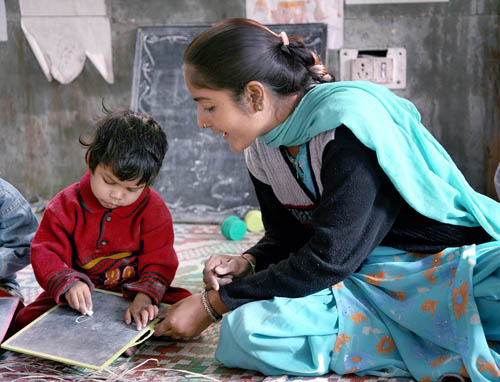
What do you think are the most important next steps to making the progress in the Indian educational system you would like to see?
We have to set short, mid, and long term outcome goals. We need to do this at the policy level, and so that means moving away from the current input oriented system we have. If we do that, we are addressing half the problem.
دوسرا, we have to address our teacher training process. Teacher training in India is a big problem. Training needs to be revolutionized. In some states, they have tried to address it, but it comes up again and again. Some teachers have the knowledge, but that does not mean they can get the results from their students. Teachers learning how to teach and improving their practices is extremely important.
If these two things are done, then the third thing that we can address is how and what we test. We also need to open up our procedures for testing students. Credible standardized tests will be important to raise and maintain quality standards.
There is also too much emphasis on textbooks. I think we need to focus beyond books. صحت, کھیلوں, the arts and handicrafts can give children a wider experience of the world. Somehow childhood is missing in our education. I’d like to see children have the opportunity to explore more. It is interesting that India has so many artists and yet art is not a part of our school system. These are important things that we don’t define as knowledge. Being able to read and write is a critical objective. But our definition of education and knowledge has to expand beyond what we are currently teaching in schools.
Pratham USA (established in 1999) now has chapters in 15 major cities across the United States, including Boston, شکاگو, Dallas/Fort Worth, Houston, لاس اینجلس, نیو یارک, شمالی کیرولائنا, and the San Francisco Bay Area.
مزید معلومات کے لئے: www.PrathamUSA.org
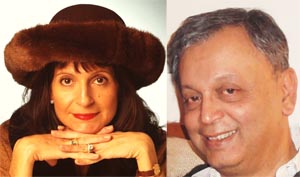

میں تعلیم کے لئے گلوبل تلاش, سی میں شامل ہونے. M. سر مائیکل باربر سمیت روبن اور عالمی سطح پر معروف فکری رہنماؤں (برطانیہ), ڈاکٹر. لیون Botstein (امریکہ), ڈاکٹر. لنڈا ڈارلنگ-ہیمنڈ (امریکہ), ڈاکٹر. مادھو چوہان (بھارت), پروفیسر مائیکل Fullan (کینیڈا), پروفیسر ہاورڈ گارڈنر (امریکہ), پروفیسر کریں Yvonne ہلمین (نیدرلینڈ), پروفیسر کرسٹن Helstad (ناروے), پروفیسر گلاب Hipkins (نیوزی لینڈ), پروفیسر Cornelia Hoogland (کینیڈا), مسز. چینٹل کوفمین (بیلجیم), پروفیسر ڈومینک Lafontaine (بیلجیم), پروفیسر ہیو Lauder (برطانیہ), پروفیسر بین لیون (کینیڈا), پروفیسر بیری McGaw (آسٹریلیا), پروفیسر R. نٹراجن (بھارت), شریدر رازگوپالن (بھارت), سر کین رابنسن (برطانیہ), پروفیسر Pasi Sahlberg (فن لینڈ), Andreas کی Schleicher (پیسا, او ای سی ڈی), ڈاکٹر. ڈیوڈ Shaffer کے (امریکہ), ڈاکٹر. کرسٹن عمیق کر رہے ہیں (ناروے), چانسلر اسٹیفن Spahn (امریکہ), ایوز Theze (اسکول Français کی امریکی), پروفیسر چارلس Ungerleider (کینیڈا), پروفیسر ٹونی ویگنر (امریکہ), پروفیسر Dylan کے Wiliam (برطانیہ), پروفیسر تیو Wubbels (نیدرلینڈ), پروفیسر مائیکل نوجوان (برطانیہ), اور پروفیسر Minxuan جانگ (چین) وہ تمام اقوام کو آج سامنا ہے کہ بڑی تصویر تعلیم سوالات دریافت کے طور پر. تعلیم کمیونٹی پیج کے لئے گلوبل تلاش
C. M. روبن وہ ایک موصول ہوئی ہے جس کے لئے دو بڑے پیمانے پر پڑھا سیریز کے مصنف ہے 2011 میں Upton سنکلیئر ایوارڈ, “تعلیم کے لئے گلوبل تلاش” اور “کس طرح پڑھیں گے?” انہوں نے تین bestselling کتابوں کے مصنف ہیں, سمیت Wonderland میں یلس اصلی.
C پر عمل کریں. M. ٹویٹر پر روبن: www.twitter.com/@cmrubinworld

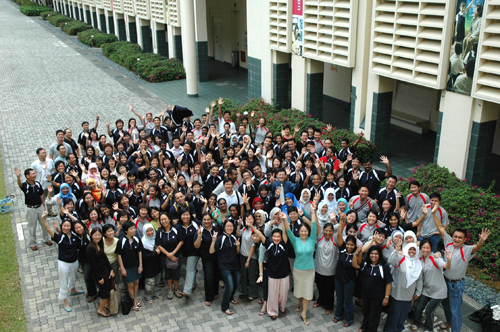
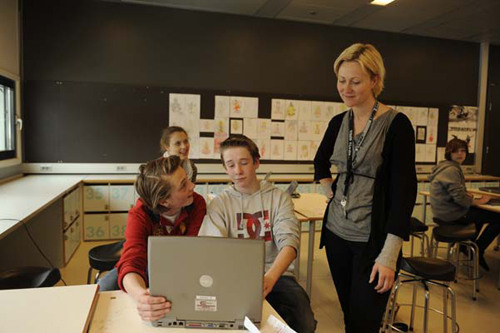
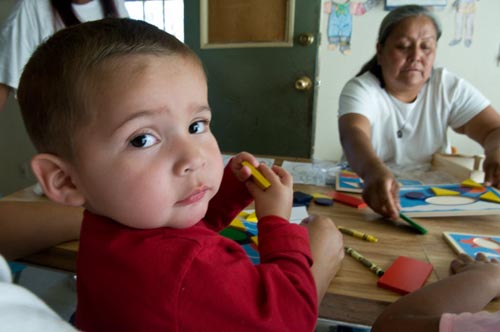
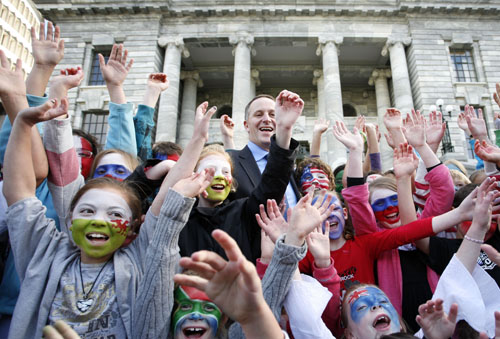
حالیہ تبصرے